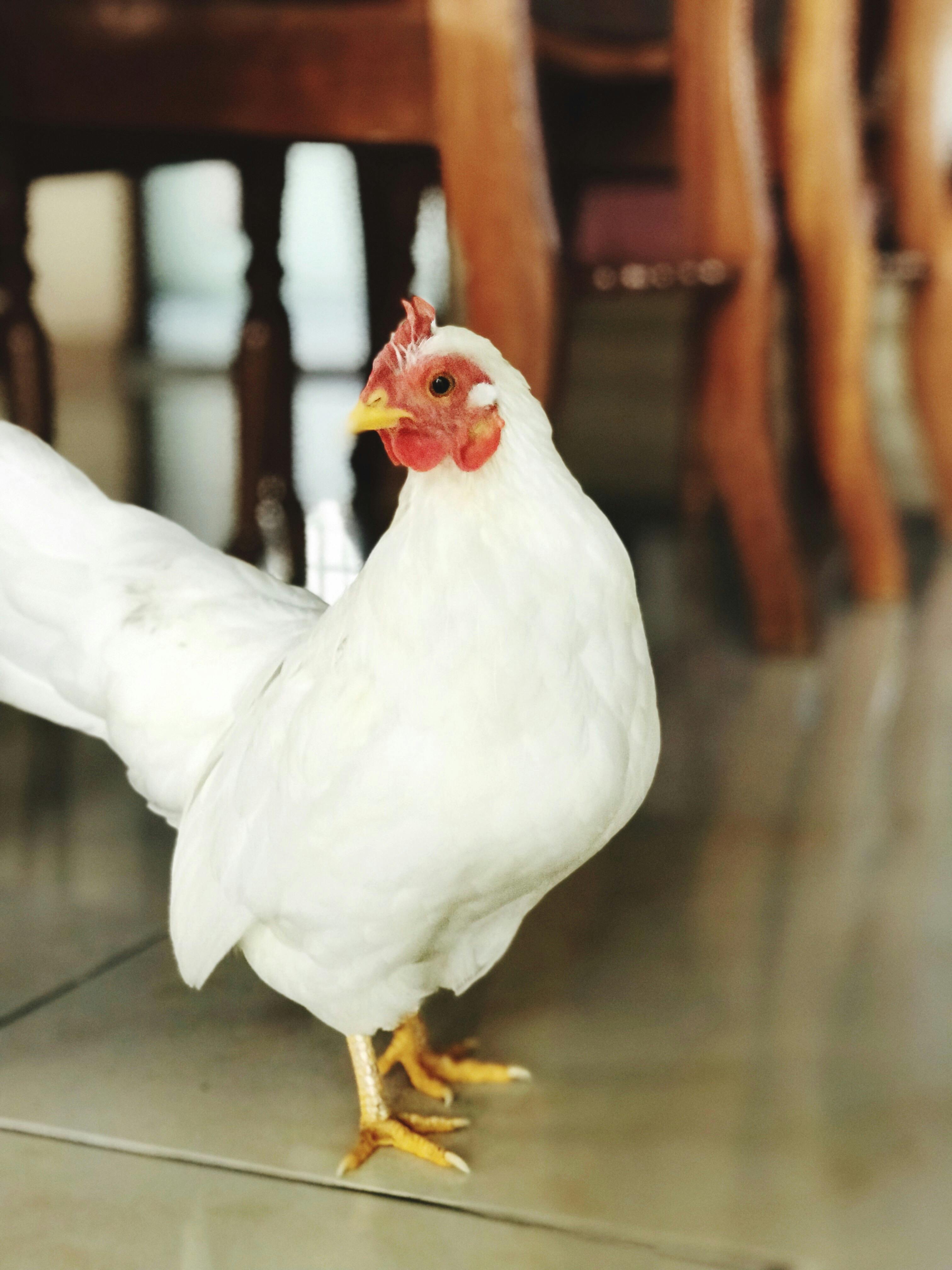The Rising Popularity of Indoor Chicken Keeping
The trend of keeping chickens as pets is not new. However, recent years have seen a surge in the number of city dwellers opting to keep these barnyard animals inside their homes. From providing fresh eggs to companionship, indoor chicken keeping has its unique set of benefits and challenges.

A Brief History of Keeping Chickens Indoors
Keeping chickens as indoor pets can trace its origins back to the Victorian era. The Victorians were known for their love of exotic and unusual pets, and chickens were no exception. Chickens were often kept in ornate cages and were considered a status symbol. Over time, the practice fell out of favor but has seen a resurgence in recent years, particularly in urban areas.
Why the Rise in Popularity?
There are several reasons for the rising popularity of indoor chicken keeping. For some, the appeal lies in the fresh supply of organic eggs. For others, it’s the companionship and unique personalities of the chickens. Some see it as a way to teach their children about nature, responsibility, and the food chain. Additionally, with the increasing trend of urban farming, keeping chickens indoors provides a way to participate without the need for a large yard.
The Economic Impact of Indoor Chicken Keeping
The rise in indoor chicken keeping has had a significant impact on the pet industry. According to a report, the global pet chicken market is expected to grow at a CAGR of 5% during the forecast period 2021-2026. This growth has led to an increase in the demand for chicken-related products, including coops, feeders, bedding, and specialty feed. This trend has opened up a new niche in the pet market, with businesses popping up to cater specifically to chicken owners.
Considerations for Potential Chicken Owners
While there are many benefits to keeping chickens indoors, there are also several factors to consider. Chickens require a certain amount of space, and their coops need regular cleaning to prevent odors and pests. They also need access to outdoor space for exercise and sunlight. Additionally, chickens can carry diseases that can be transmitted to humans, so proper hygiene is crucial.
Current Trends and Developments
As the trend of indoor chicken keeping continues to grow, so too do the developments in the field. Companies are developing innovative products to make chicken keeping easier and more convenient. For instance, there is a rise in the production of compact, easy-to-clean chicken coops designed specifically for indoor use. Some companies are even developing chicken diapers for those who allow their chickens free roam of the house.
In conclusion, the trend of indoor chicken keeping is a fascinating example of how our relationship with animals can evolve and adapt to our changing lifestyles. Whether for companionship, fresh eggs, or a connection to nature, it seems that chickens are not just for the farmyard anymore.




